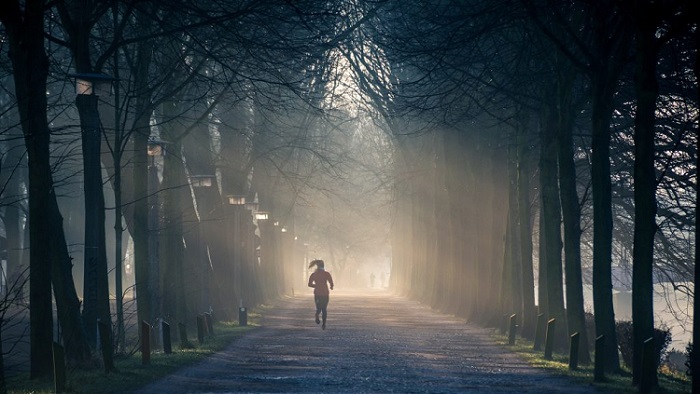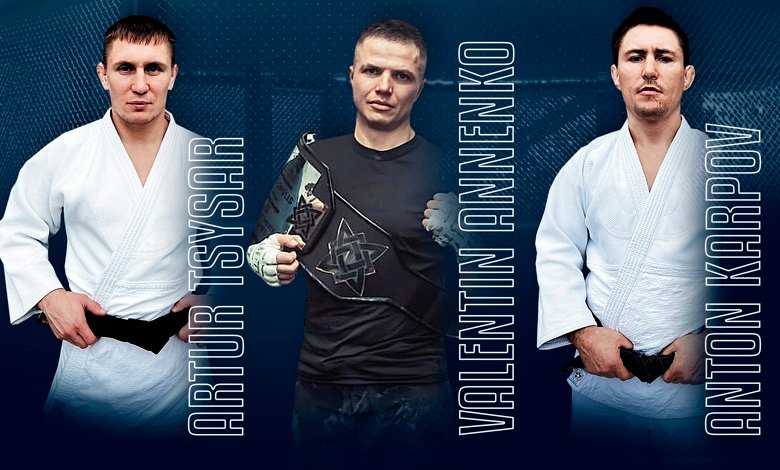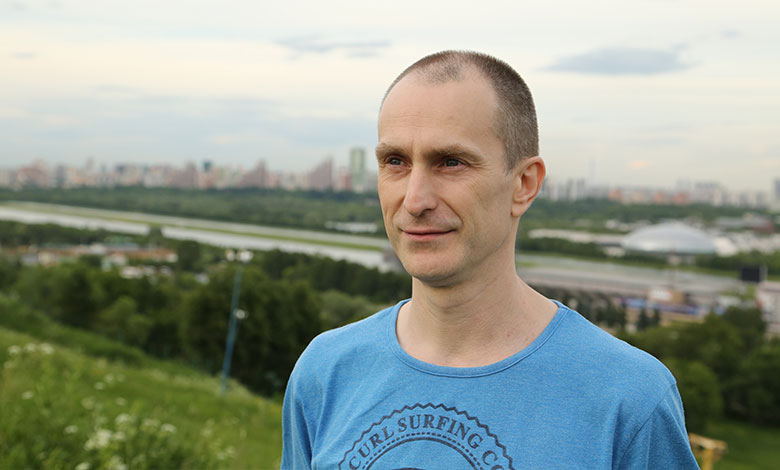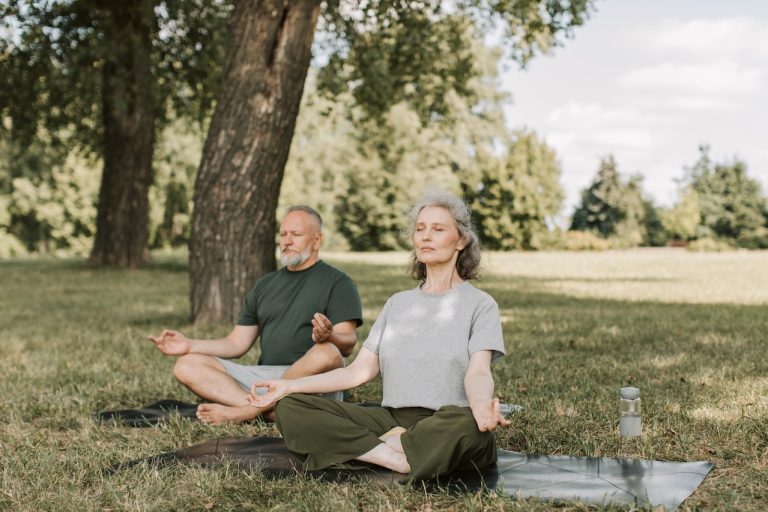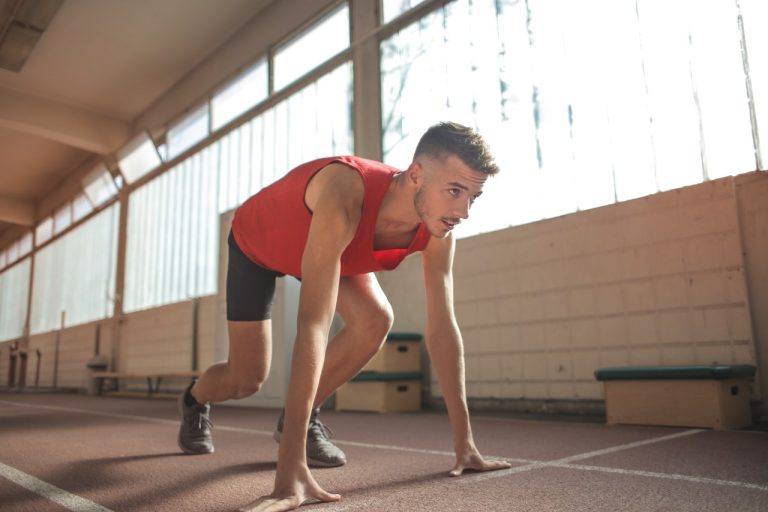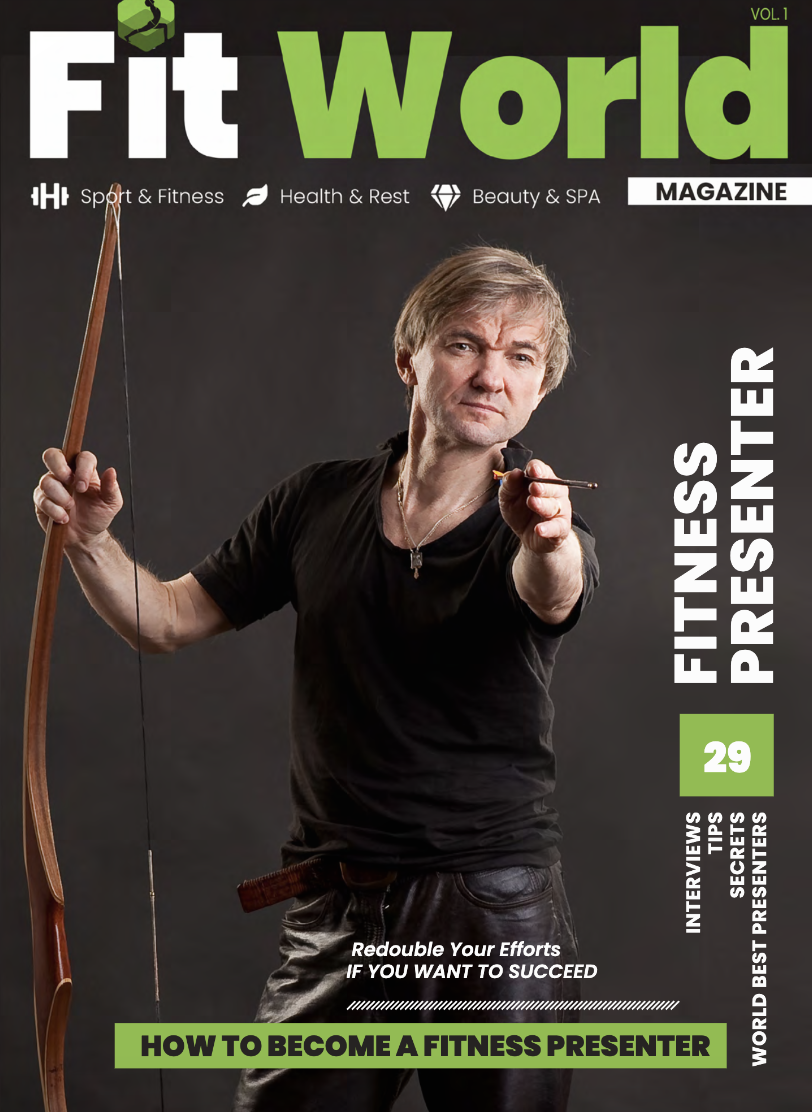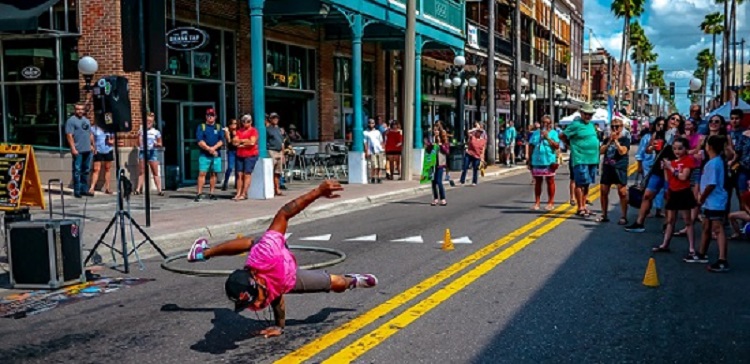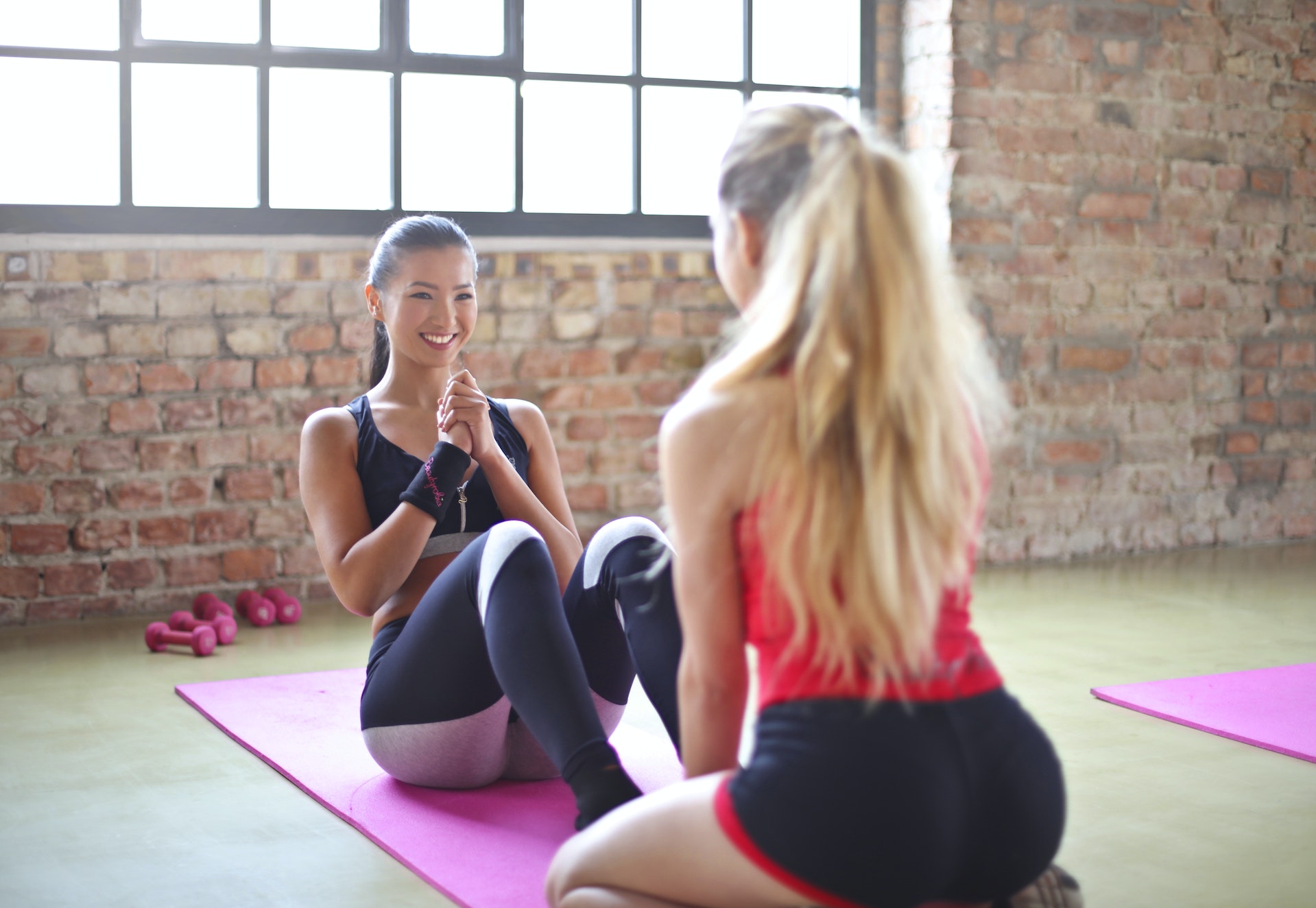What is Jogging and how is it different from other jogging
It is something in between regular running and walking. It is also called a “shuffling step”. Its main difference is that it is not associated with any officially recognized sport, it is not expected to have any special results, whereas other running sports are bound to have results – negative or positive. “Jogging” does not involve participation in any type of competition other than amateur.
The main goal of the jogger, unlike track and field athletes, is to maintain a basic running rhythm. It is important for him not to lose the pace and run the distance to the end. If an athlete feels tired, he or she can switch to a regular step to take a breather, while runners in other sports cannot do so.
Choice of course for a run. While athletic runners must train on trails of a certain terrain, for a jogger the terrain is not so important. He can run on any terrain, whether it’s the pavement, a stadium treadmill, or a trail in the woods.
The goal that regular runners and joggers strive for. The goal of athletes is to reach the finish line with the highest score possible. The jogger strives to achieve easy satisfaction.
Jogging Techniques.
There are no special technical laws or prohibitions for jogging. The basis in it is rhythm, from which it is desirable not to stray during training, it is possible to jog at an average speed. For this purpose, it is desirable to turn on rhythmic music during the race and listen to it through headphones, or softly hum a melody that conveys the rhythm. You can recite rhymes or counting rhymes in your mind. Keep your arms at right angles while running, in a position where they do not put physical strain and do not interfere with the runner. The moment the toes of one jogger’s foot touch the ground, the heel of the other foot is lifted off it.
In jogging, there is actually no support on the full foot, as the running is done by transferring the body from the heel to the toes. In doing so, the body is pitched slightly forward, which puts a little more strain on the calf muscle.
Choice of track and running technique.
Those who think that the Lydiard system is best practiced in stadiums are absolutely wrong. Running on soft treadmills means putting extra strain on the leg muscles; running on hard pavement will overload the joints too much. The ideal option is stadiums with a special surface for jogging. If there is no such stadium nearby, the best place to run is on an asphalt track. You can also run on gravel, dirt trails or leaves, which will make it a little more difficult for the runner. Such activities allow you to pump your shins harder. The most important thing when running is comfortable athletic shoes that do not allow your feet to slip.
Running while jogging allows you to change your route. If yesterday you ran on asphalt, today you can make a run in a park or in the woods, and tomorrow run on a sandy beach or along a path along a river. It is desirable to choose routes not only on flat terrain, but also with overcoming obstacles such as ups and downs. Such jogging allows you to train all muscle groups.
Since there is no need to run at full speed in jogging and it is possible to run at medium speed, during training it is good to change a little the tempo: every 8-12 minutes of running add to the speed and run small sections at higher tempo for 20-25 seconds. You can periodically run by lifting your knees high to your chest or by throwing your heels back in order to reach your back. 2-3 times a week, you can increase your running time by 4-6 minutes, which will eventually allow you to run longer distances.
Choosing the time to run.
Many joggers try to run in the morning, immediately after waking up, as they believe that exercise at this time gives the greatest effect. However, they do not take into account the specifics of human biological rhythms. People are divided into two categories – owls and larks. Larks wake up much earlier and easier for owls. Therefore, the highest point of their biological activity falls in the morning, from 6:00 to 9:00. Such workouts are good because running in the morning gives the greatest effect of burning fat, which contributes to weight loss. But on the other hand, the body, working all night at rest, during the run is severely overloaded, which can have a negative effect on the cardiovascular system. In this regard, larks should do morning exercises and pour cool water before the race.
Owls feel less confident at this time, they are not as active as in the evening. In this regard, it is better for them to do jogging in the evening from 17:00 to 21:00. Approximately 6-7% of people run at night.


